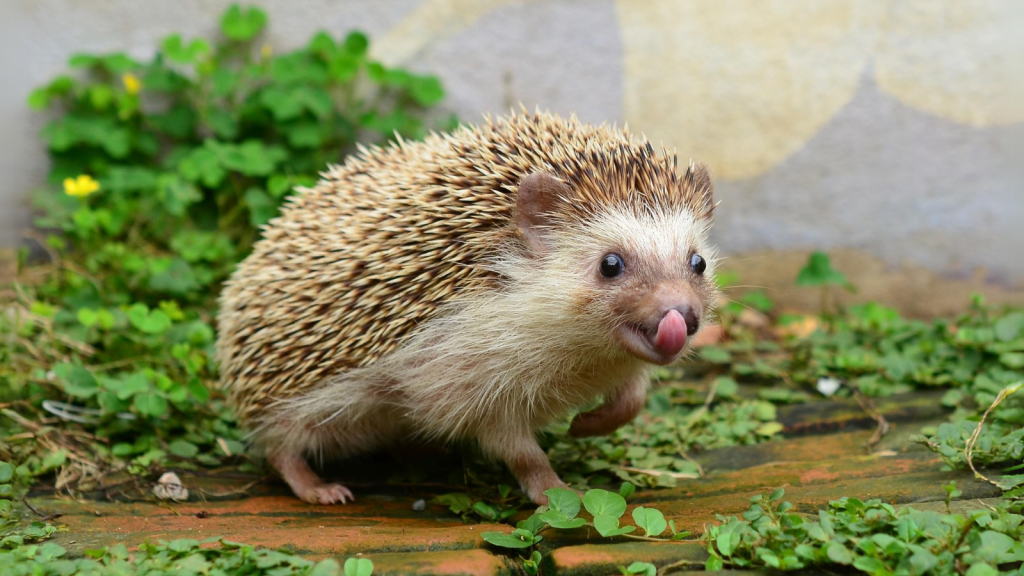Hedgehogs have captured our hearts with their adorable snouts and prickly exteriors. These nocturnal creatures roam our gardens at night, snuffling for tasty insects and leaving tiny footprints (and surprisingly large poops) in their wake. But there’s so much more to these spiny mammals than meets the eye. From their unique defence mechanisms to their surprising swimming abilities, hedgehogs are full of surprises. I love hedgehogs. They’re so wonderfully different and really very interesting, although they make one of my dogs utterly enraged if they wander through the garden.
PRO TIP: If you find a hedgehog out in day time, that hedgehog is sick and needs your help. Pick it up and take it to your nearest vet or wildlife sanctuary, or call a local hedgehog rescue. You’ll find there are a surprising number of them all over the country.
They’re Not Actually That Spiky
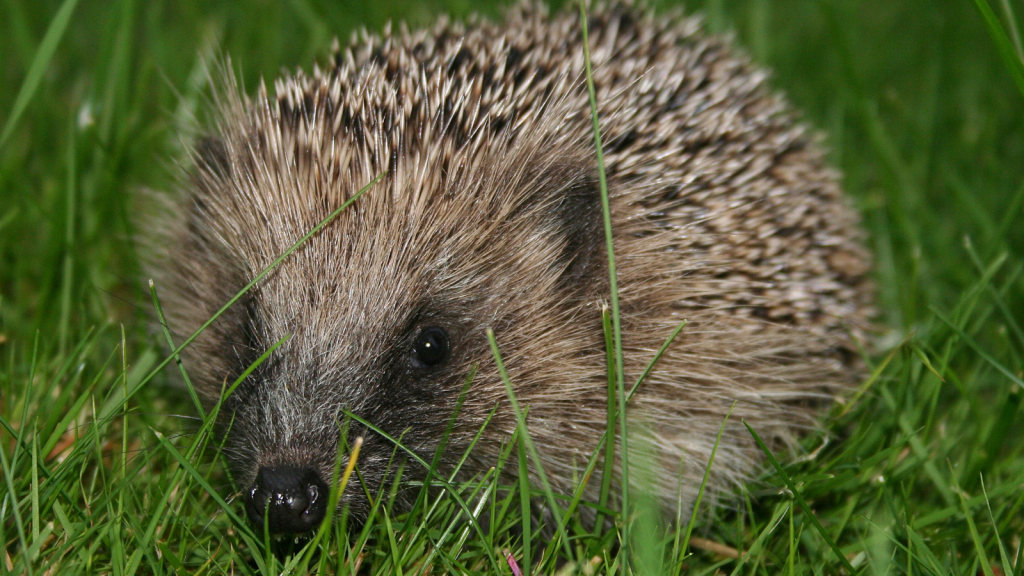
Despite their reputation, hedgehog spines aren’t as sharp as you might think. These modified hairs are stiff but hollow, providing excellent protection without causing severe injury to predators. When relaxed, a hedgehog’s spines lie flat, but when threatened, powerful muscles allow them to stand upright in all directions. In fact, baby hedgehogs, called hoglets, are born with soft spines beneath their skin, which harden and push through within hours of birth.
Hedgehogs Are Champion Sniffers
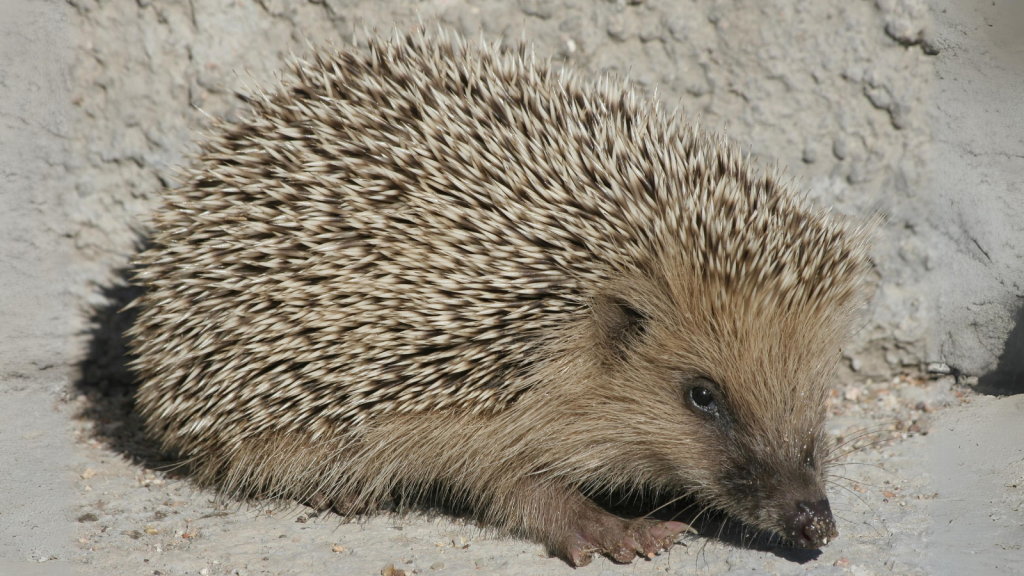
A hedgehog’s nose is its superpower. Their sense of smell is incredibly keen, allowing them to detect food buried under inches of soil. They can even smell earthworms underground, making them excellent natural pest controllers in gardens across the country. This keen sense of smell also helps them avoid danger, as they can detect the scent of predators from a considerable distance.
They’re Surprisingly Fast Runners
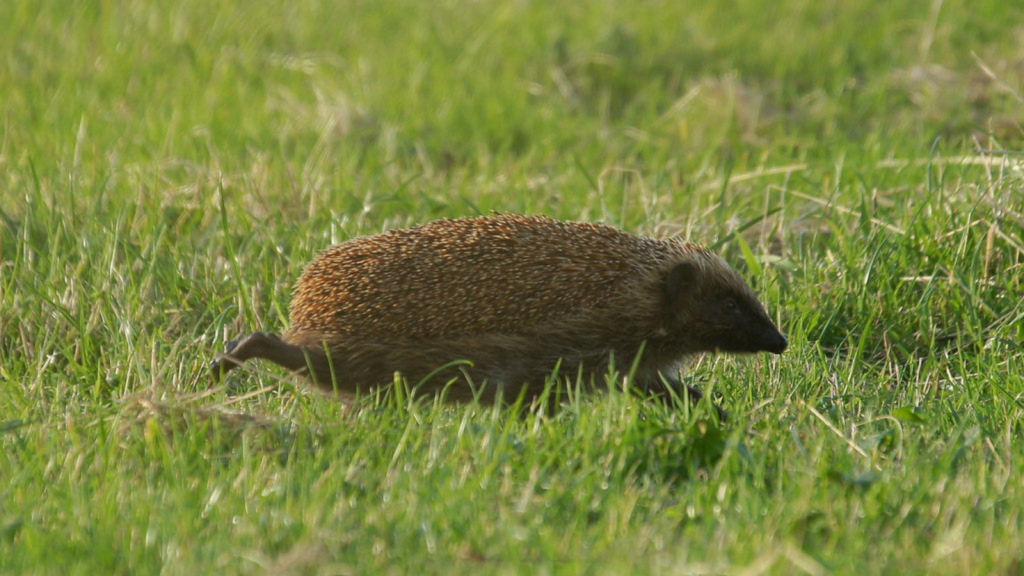
Don’t let their stubby legs fool you – hedgehogs can move at quite a pace when they need to. When startled or in pursuit of a tasty meal, these spiny speedsters can run at speeds of up to 6 mph. That might not sound impressive, but it’s the equivalent of a human running at 30 mph! This speed comes in handy when escaping predators or chasing down fast-moving insects like beetles.
Hedgehogs Are Excellent Swimmers
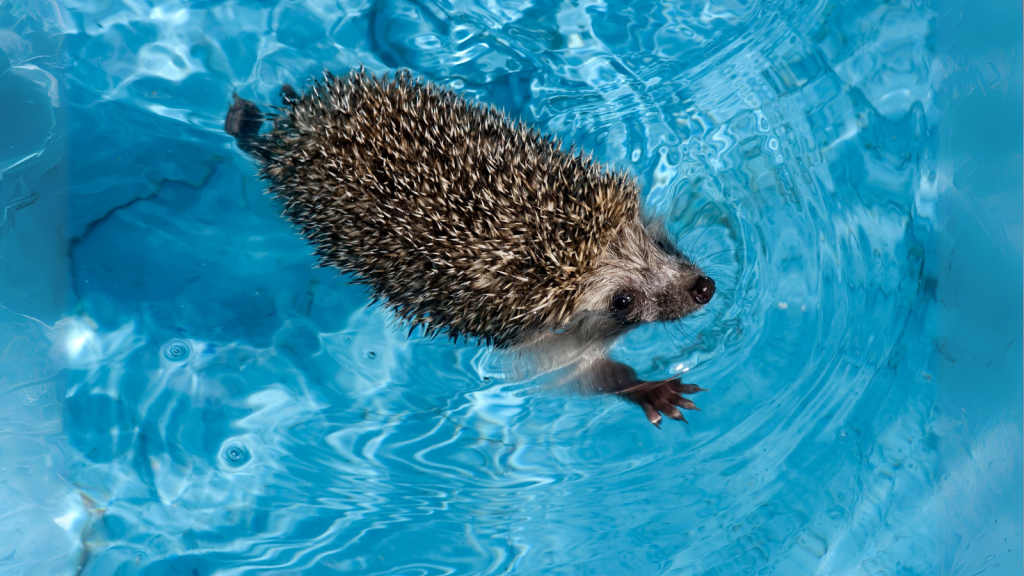
While they might not look like natural water babies, hedgehogs are actually strong swimmers. They can paddle across ponds and streams with ease, using their spines as a natural flotation device. However, they often struggle to climb out of steep-sided garden ponds, so it’s important to provide escape routes. Despite their swimming ability, hedgehogs prefer to stay on dry land and will only enter water when necessary.
They Have Thousands of Spines
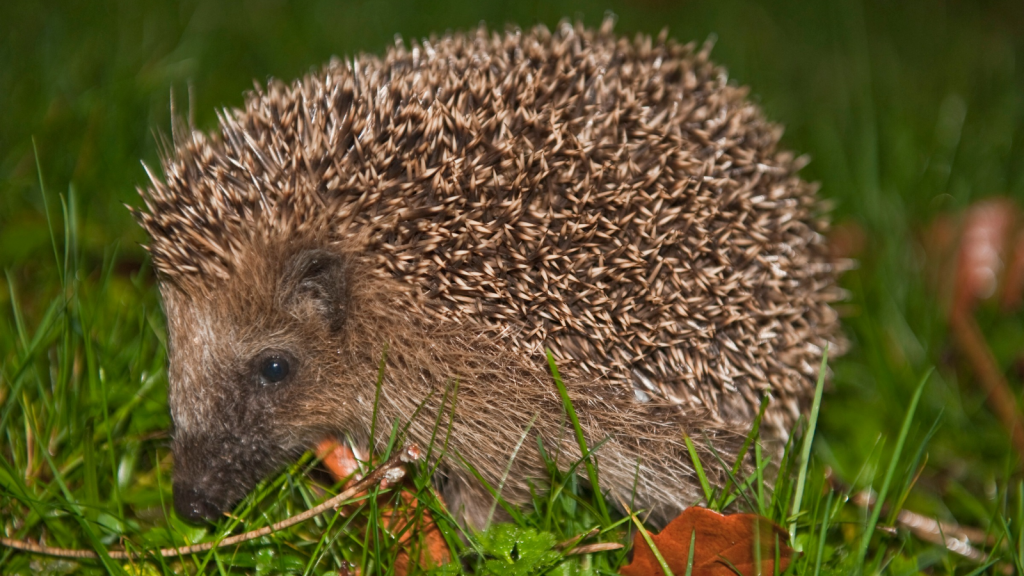
An adult hedgehog typically has between 5,000 and 7,000 spines covering its back and sides. These spines are shed and regrown throughout the hedgehog’s life, much like human hair. Each spine lasts about a year before being replaced by a new one. Interestingly, no two hedgehogs have the same pattern of spines, making each one unique.
Hedgehogs Are Immune to Snake Venom
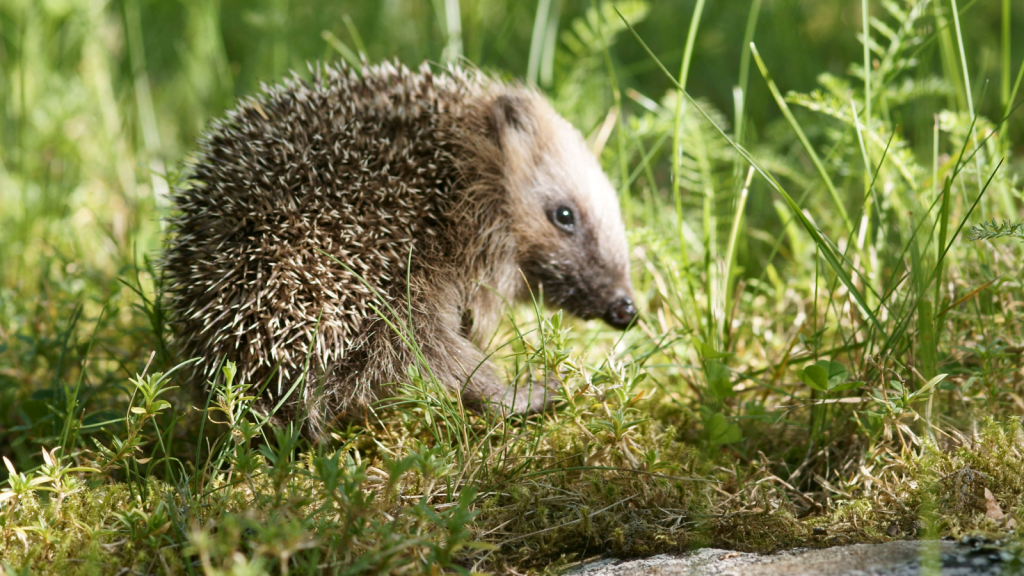
In a remarkable feat of evolution, hedgehogs have developed a natural resistance to snake venom. This immunity allows them to prey on venomous snakes without ill effects. While this might not seem particularly relevant in Britain, it’s a fascinating adaptation that showcases their resilience. This immunity extends to other toxins as well, allowing hedgehogs to eat potentially poisonous insects without harm.
They’re Noisy Eaters
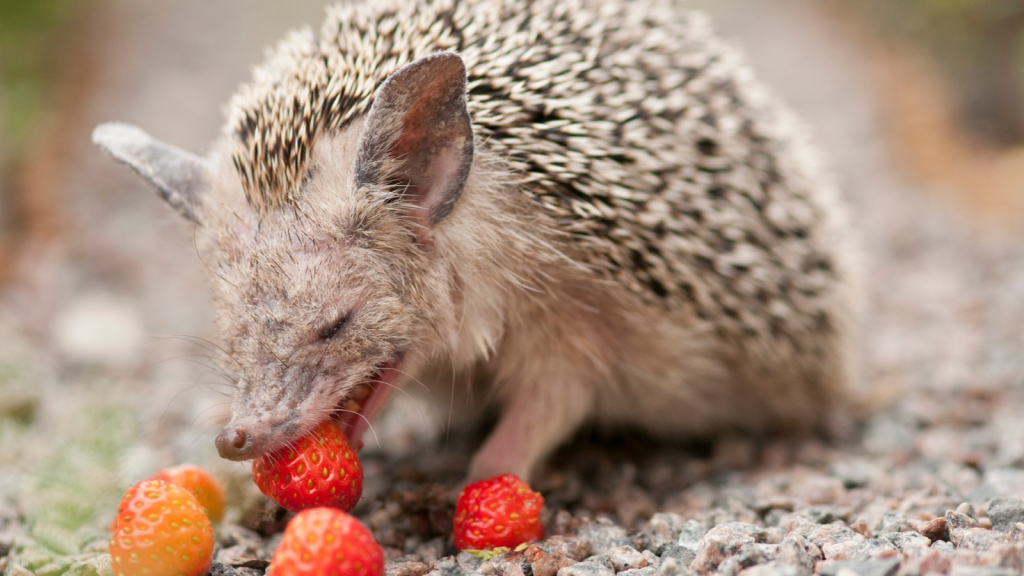
If you’ve ever heard strange snuffling and crunching sounds in your garden at night, chances are it was a hedgehog having dinner. These prickly foragers are notoriously noisy eaters, making distinctive snuffling, slurping, and crunching sounds as they devour their insect prey. This noisy eating habit can actually help gardeners identify when hedgehogs are visiting and feeding in their gardens at night.
Hedgehogs Have Poor Eyesight
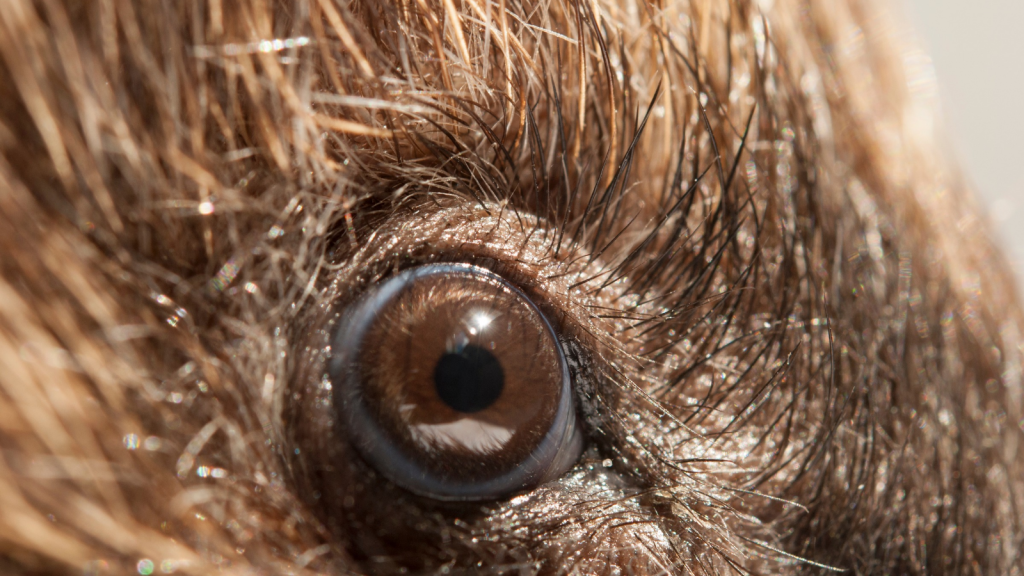
While their sense of smell is top-notch, hedgehogs have relatively poor vision. They’re extremely short-sighted and colour-blind, relying primarily on their hearing and sense of smell to navigate and find food. This is why they’re often seen with their noses to the ground, sniffing out their next meal. Despite their poor vision, hedgehogs have excellent hearing and can detect the sound of their prey moving underground.
They Can Travel Miles Each Night
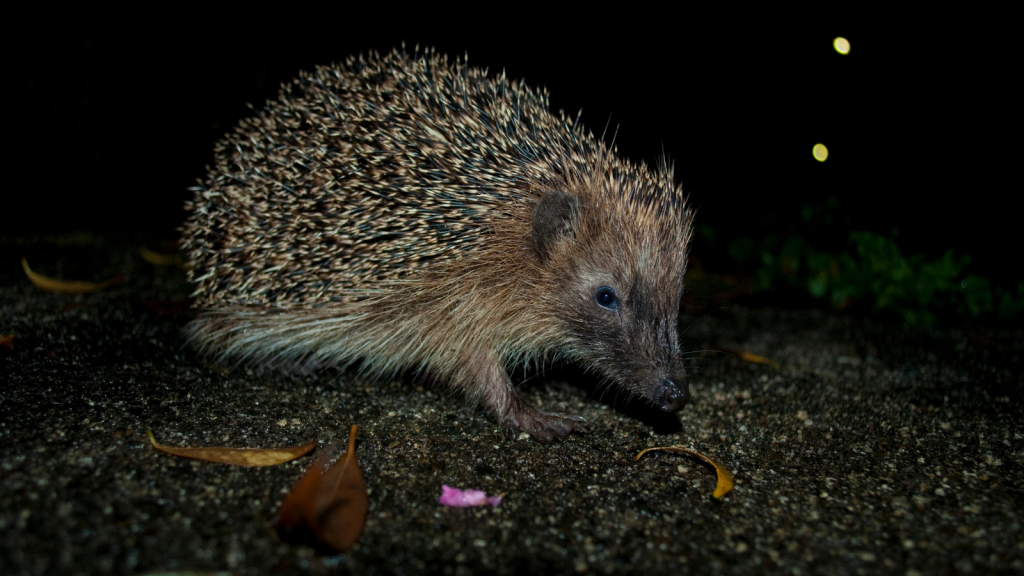
Hedgehogs are much more active than you might think. In a single night, a hedgehog can travel up to 2 miles in search of food and mates. This is why it’s crucial to create hedgehog highways between gardens, allowing these nocturnal wanderers to roam freely. Male hedgehogs typically have larger territories than females and may travel even further during the mating season.
Hedgehogs Are Lactose Intolerant
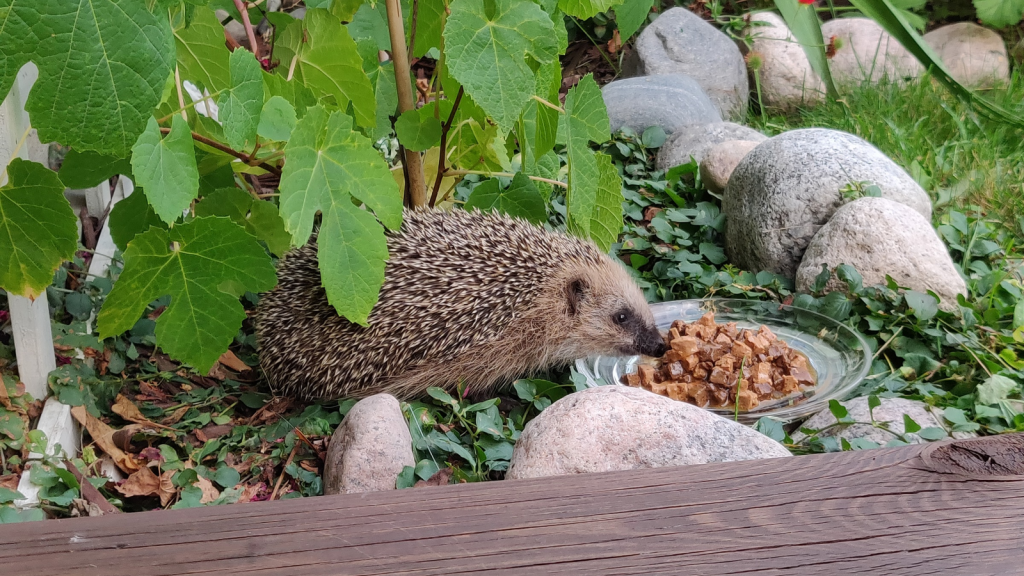
Despite the popular image of hedgehogs drinking milk, it’s actually harmful to them. Like many adult mammals, hedgehogs are lactose intolerant and can’t digest milk properly. Offering them milk can cause severe digestive issues and should be avoided. Fresh water is always the best option. If you want to feed hedgehogs, specialists recommend offering foods like unseasoned cooked meat, dog or cat food, or specially formulated hedgehog food.
They Have a Unique Defence Mechanism
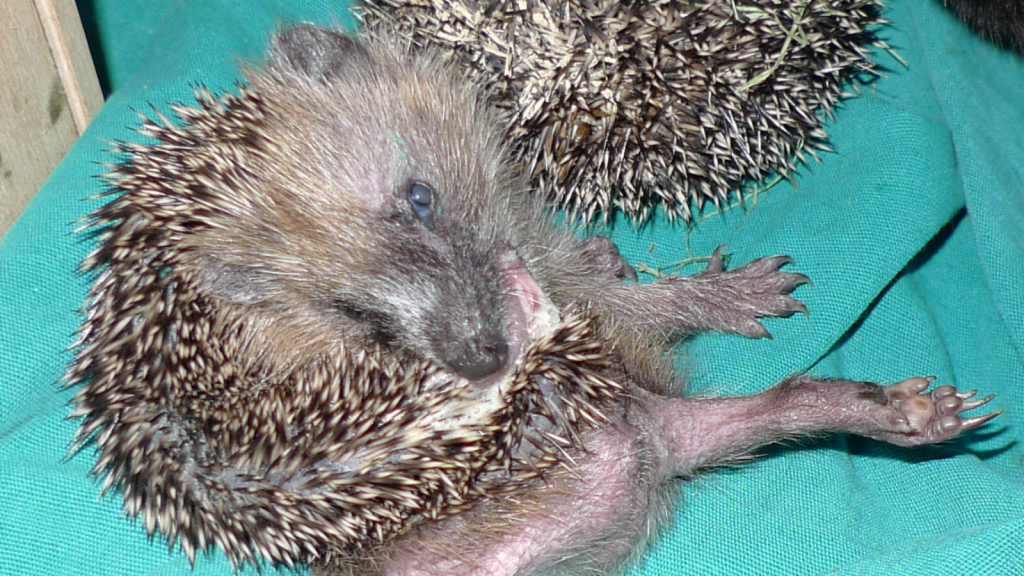
When threatened, hedgehogs don’t just rely on their spines for protection. They can also perform a neat trick called ‘self-anointing’. This involves creating a frothy saliva and spreading it over their spines, making them even more unpalatable to predators. Some scientists believe this behaviour might also help hedgehogs to build up immunity to certain toxins.
Hedgehogs Hibernate, But Not Always
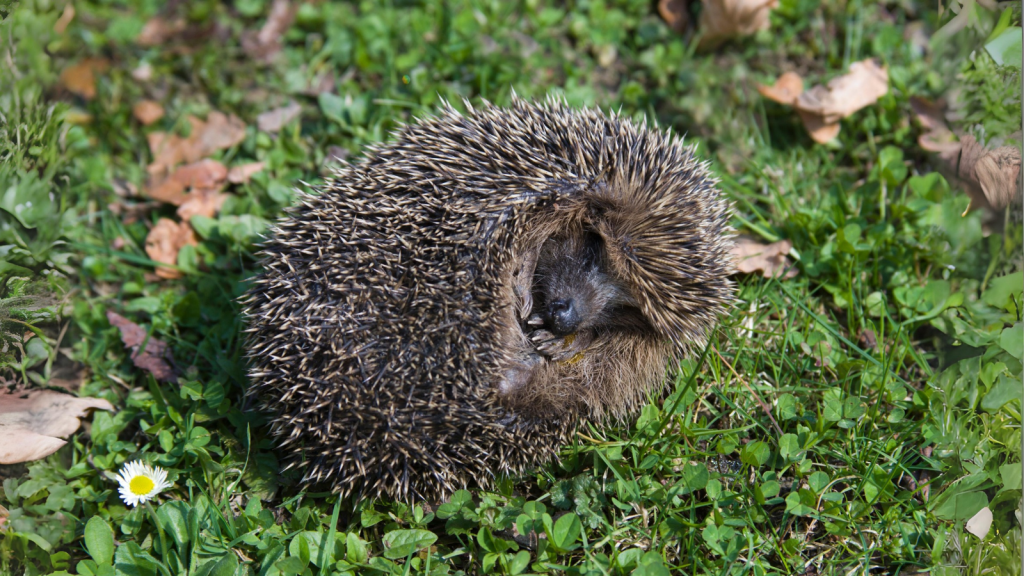
While hedgehogs are known for their winter hibernation, it’s not a hard and fast rule. In milder winters or urban areas with abundant food sources, some hedgehogs may remain active year-round. Climate change is also affecting hibernation patterns, with some hedgehogs waking up earlier than usual. During hibernation, a hedgehog’s heart rate drops from about 190 beats per minute to just 20, and its body temperature lowers to match its surroundings.
They’re Helping Scientists Study Climate Change
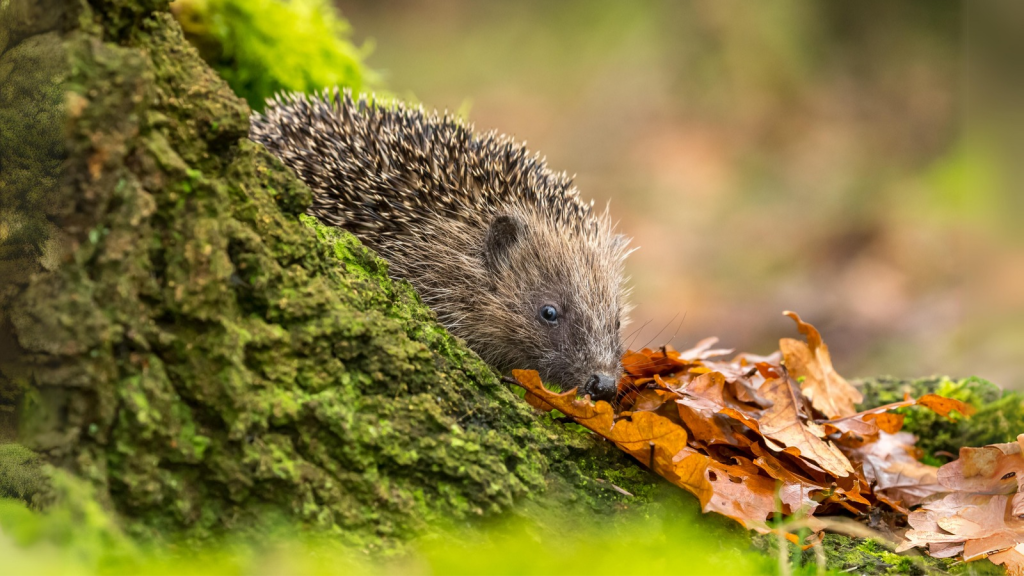
Hedgehogs are providing valuable data on the effects of climate change. Changes in their hibernation patterns, breeding seasons, and geographical distribution are helping scientists track and understand the impact of our warming planet on wildlife. Researchers are also studying how urban environments affect hedgehog behaviour and survival rates compared to rural areas.
Hedgehogs Are Under Threat
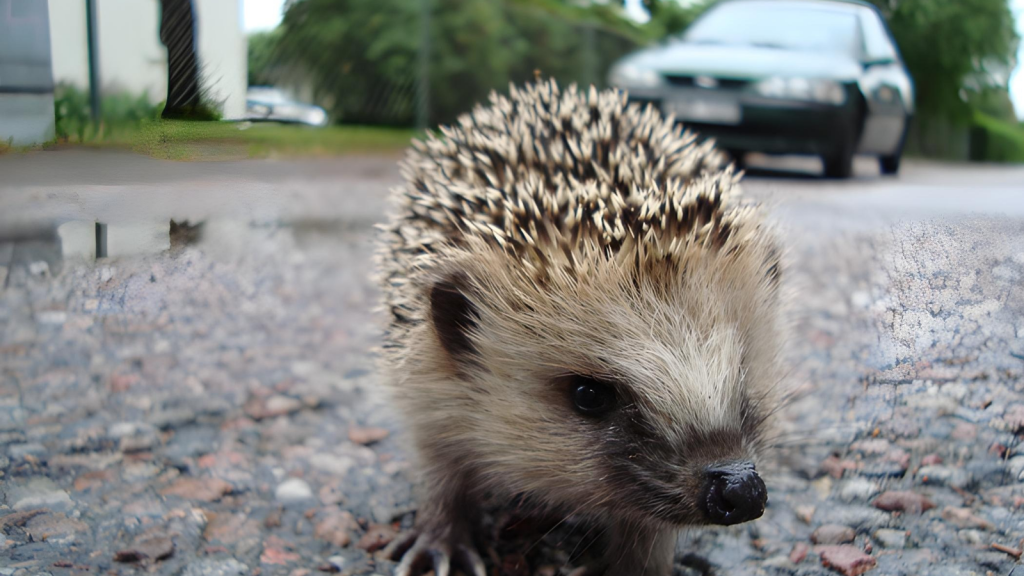
Sadly, hedgehog populations in Britain have declined by up to 50% since the year 2000. Habitat loss, pesticide use, and road accidents are major factors in this decline. However, there’s hope – conservation efforts and increased public awareness are helping to protect these beloved creatures. Simple actions like creating hedgehog highways, avoiding pesticides, and checking before strimming can make a big difference to local hedgehog populations.
They Have A Surprising Number of Teeth

Hedgehogs have an impressive set of choppers, with 36 teeth in total. Their teeth are specially adapted for their insectivorous diet, with sharp incisors and molars perfect for crunching through the hard exoskeletons of beetles and other insects. Unlike humans, hedgehogs don’t develop baby teeth – they’re born toothless and their adult teeth grow in over time.
Hedgehogs Are Master Escape Artists
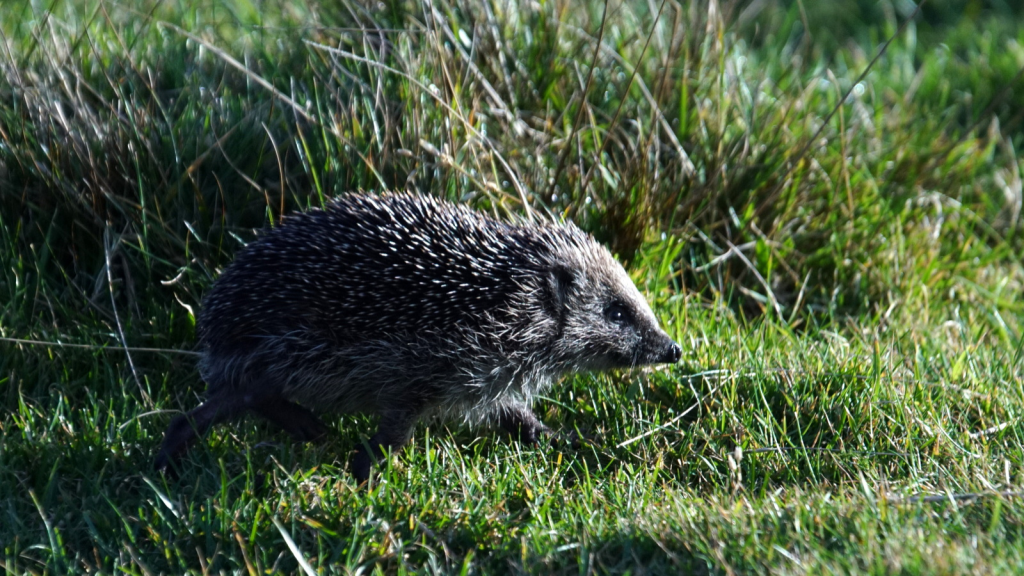
These prickly creatures are surprisingly agile and can squeeze through surprisingly small spaces. A hedgehog can fit through any gap that its head can pass through, thanks to its flexible ribs and loose skin. This ability helps them navigate through dense undergrowth and escape potential predators. This skill is particularly useful in urban environments, where hedgehogs often need to navigate through fences and other man-made obstacles.

